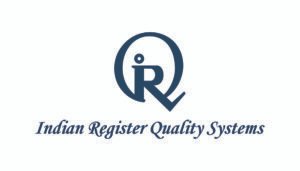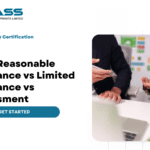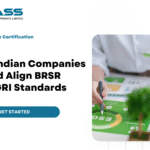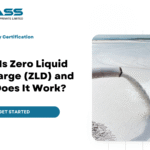ISO Standards Supporting Water Neutrality: What You Need to Know
July 11, 2025 2025-07-31 10:39ISO Standards Supporting Water Neutrality: What You Need to Know
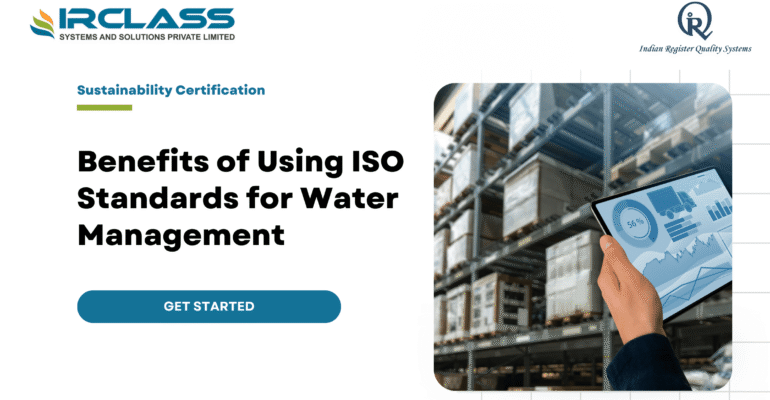
ISO Standards Supporting Water Neutrality: What You Need to Know
Water scarcity is now a business problem. It’s no longer limited to climate reports or policy discussions. Companies across sectors are under pressure to cut down water usage, recycle more, and prove they are not draining shared resources. This is what water neutrality means: balancing what you take with what you give back or reuse.
But achieving it is hard. Most companies don’t even know how much water they use. Or where the losses are. Or what a realistic target looks like. This is where ISO standards come in.
There is no single ISO standard labeled “Water Neutrality.” Instead, a group of related standards supports it. Together, they provide what most companies lack: a system. With structure. With metrics. With accountability. This document explains how each standard contributes, what actions they demand, and what outcomes they deliver.
ISO 46001: Water Efficiency Management System
This is the main ISO standard for managing water use. It is built like ISO 9001 or 14001. It gives a system to control water use in any type of organization.
Key points:
- Track where water is being used
- Measure how much is consumed per process or unit
- Find points of loss, waste, or inefficiency
- Create water efficiency objectives
- Build an action plan that assigns accountability
- Review and improve the system regularly
Why it matters:
Companies usually look at their water bill and guess. ISO 46001 stops that. It builds a repeatable way to manage water, with data. The benefit is real: lower bills, fewer leaks, better planning.
ISO 14046: Water Footprint
This criterion is on impact. It is regarding the greater good, i.e. the environmental cost of water used in a product or process. It waters using life cycle assessment (LCA).
Key points:
- Measure direct and indirect water use
- Quantify the use of water in supply chains
- Identify life cycle hotspots
- Centralize reporting of results
Why it is important:
ISO 46001 tells you how much water you are taking. ISO 14046 will tell you what kind of damage that water consumption is causing. It is not volume, but location, timing and scarcity. This is necessary to companies that produce products in bulk.
ISO 24510, 24511, 24512: Water and Wastewater Services
These are to utility and service companies anyone who provides water or who deals with wastewater. It is all about quality, reliability, and sustainability of services.
Key points:
- Assess the quality of services through the perspective of the user
- Enhance clean drinking water supply
- Regulate wastewater systems to lessen environmental burden
- Be in line with the community needs and sustainability principles
Why it is important:
This is the spine of governments and utilities. Yet even privately operated water systems, which operate internally, such as in industrial parks, can utilize this to reduce expenses and achieve regulatory objectives.
ISO 14001: Environmental Management Systems
ISO 14001 is not just about water. It encompasses all environmental effects. However, it gives the umbrella under which ISO 46001 and 14046 can work.
Key points:
- Connect water objectives with environmental objectives
- Align carbon, energy, and waste plans with water plans
- Conduct audits, reviews and performance monitoring using a single system
Why it is important:
The majority of companies are already ISO 14001 compliant. Therefore, the incorporation of water-related standards into the current systems is time-saving and non-duplicative.
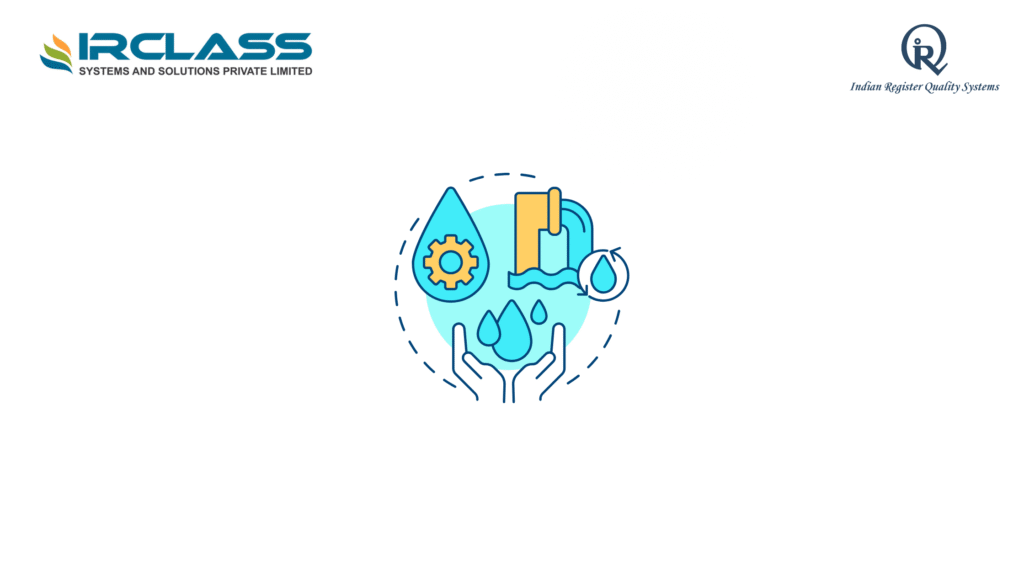
Supporting ISO Standards
Other ISO standards support water neutrality in indirect but important ways:
- ISO 9308-1: Water quality testing
- ISO 24518: Crisis management for water systems
- ISO 50001: Energy management (often linked with water heating or pumping)
These don’t drive water neutrality alone, but they enable safety, continuity, and cross-efficiency.
Business Benefits
Reduced Operating Costs
Water is costly and it is increasing in price. ISO 46001 assists in cutting down on wasteful consumption. ISO 14046 assists in redesigning and sourcing.
Regulatory Readiness
Most nations are introducing water regulations. ISO systems maintain records and show compliance.
Improved ESG Reporting
ESG audits include water use and discharge. The ISO standards assist companies to report in a reliable way, in a language that is understood by investors.
Improved Reputation
Customers are observing. Suppliers are so too. The fact that ISO water certifications are being made is evidence that something is being done.
Sustainable Growth
Scarcity of water may restrict growth. ISO systems assist companies in making better use of water and making it more sustainable, which opens up future capacity.
Implementation Challenges
Initial Cost
Setting up these systems takes time and resources. But the ROI is strong: usually under three years.
Data Gaps
Many companies don’t have water data systems. Meters are missing or uncalibrated. Fixing that is step one.
Cultural Shift
Changing water habits inside a company is slow. ISO helps by forcing consistency. It turns change into policy.
Auditing Pressure
Once certified, companies must maintain it. This means ongoing documentation, review, and re-training.
How to Begin
- Start with a Water Audit
- You can’t manage what you don’t measure. Get a baseline using meters and historical bills.
- Identify Relevant Standards
- Use ISO 46001 for direct operations. ISO 14046 for products. Add 24510–12 if you’re managing a system.
- Build a Team
- You need operations, facilities, and compliance working together.
- Get Trained
- Use internal auditor or awareness training. IRQS offers both.
- Plan Implementation
- Start with pilot areas. Expand in phases. Set 12-month goals.
- Go for Certification
- Once ready, engage a certification body. Use that to build credibility.
- Monitor, Improve, Report
- Water use should be tracked monthly. Use results to adjust actions and report progress.
Real-World Example: Multi-Site Manufacturer
A large Indian textile company had high water bills and low recycling. They used ISO 46001 to track water use at 6 plants. Leaks and losses were found. Rainwater systems were added. Water usage dropped 28% in 18 months. They added ISO 14046 to measure product-level impact. Customers now ask about water data, and the company is ready to answer.
Conclusion: Why IRQS Matters
Water neutrality is becoming a must-have for businesses. The standards are available. The benefits are proven. But implementation is not easy. You need a partner who understands the technical standards and the business realities.
IRQS fits this role. They have certified over 5000 clients. They offer ISO 46001, 14046, 14001, 24510, and more. They don’t just certify. They train. They consult. They help companies move from intention to action.
IRQS has worked with manufacturers, utilities, food companies, IT parks, and more. They bring real-world experience. Their trainers and auditors understand what works and what doesn’t. For any business serious about water neutrality, IRQS is the right place to start.
They help you avoid delays. They help you meet standards. They help you get results.

